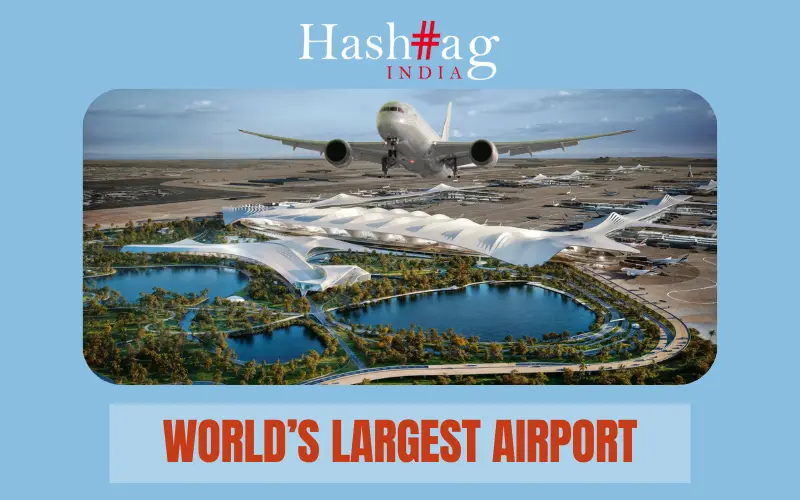Looking for a short getaway or planning a long stay away from the city life? NIKITA BISWAS and ABHISHEK DUBEY share their recent experience at NAGGAR’S HIMALAYAN SEREE HOMESTAY. Read on to find out what makes this place the best decision of their travelling careers…
As a couple, we love travelling and exploring quaint places across the country. One such exploration led us to Naggar Himalayan Seree, a homestay tucked away at a stone’s throw from Manali. Nearing the end of our stay at Jibhi, we were on the lookout for a new destination; we stumbled upon this homestay. The price, the location and the picturesque property had us convinced in a heartbeat.
Location:
Himalayan Seree Homestay, Naggar, Kullu district, Himachal Pradesh
Cost for two:
- 1bhk – Rs 2500/day
- 2bhk – Rs 5000/day
- 3bhk – Rs 6500/day
They also consider discounts for monthly stays
Himalayan Seree Homestay – bringing back the idea of Isolation through healthy living after you hit the road this summer of 2021
Having left Jibhi early afternoon, we boarded the government bus to Kullu, via Banjar. From Kullu, a bus takes you to Naggar. By 5 PM, we had reached Naggar, the small town in the district of Kullu. While the journey was long, it was worth our time. Bus journeys along the Himalayas are some of the most scenic routes in the country. A cool breeze blowing past the windows, the river Beas flowing swiftly and huge deodar trees welcoming you with their branches wide open is truly a sight to behold.
We were received at the depot by ‘Sheru baba’, the owner of the homestay, who offered us coffee to warm up, before taking us to the homestay in his white gypsy. Our first stop was at the general store, where we bought essentials and fresh veggies to cook with. The charm of the homestay lies in how independently they allow the guests to stay. The homestay has provisions for a kitchen, where guests cook their own meals with the local produce.
Reaching the homestay, however, was a hike. From the parking spot, it is an uphill climb. While a test of our endurance and strength, we realised the best view comes from the hardest climb. The mountaintops were covered with snow, and we could see the Beas River flow through the valley. We found ourselves surrounded by lush greenery, from the snow-peaked Himalayan ranges to large trees of plum, apple, and deodar. All this, set against the backdrop of the illustrious Pir Panjal Range. The property also has a very friendly Himalayan dog on-site, by the name of Sultan. We of course made fast friends!
Our stay lasted for two weeks, and we grew to share a great camaraderie with everyone we interacted with. The house itself became a home. It is with this ideology that Sheru baba began this venture – the house belongs to whoever stays in it. It is thus their responsibility to keep the house tidy and clean. The homestay also provides yoga lessons at an additional cost, for those looking to unwind with some exercise. The yoga room in the property is an added place for relaxing the mind and chilling out.
Amenities:
- Long stays
- Short stays
- Yoga therapy
- Fully equipped kitchen
- Free WiFi

What we loved the most out of our stay was the warmth and hospitality we were greeted with. Some of our best memories lie in the conversations we shared with the locals and Sheru baba, who all went out of their way to make us feel at home and comfortable in their humble abode.
About the place, Sheru baba had this to say: “For us, this place is above and beyond us. We have put across hard work and love to make this place. We expect our visitors to respect the idea of isolation when they visit this place. We even organize Yoga sessions for our guests on demand. Our living is simple, and we try to keep the place intact. Come here enjoy the beauty and find a soulful connection with nature.”
Highlights – There are a few rules at this homestay, that add to its charm. The guest has to clean their stay, cooking their food, and respect the privacy and tranquillity the location provides. The concept behind this place is to live away from the stresses of a bustling city, while not losing one’s independence. A yoga attic makes this place dear to the many who are looking to find some soulful connection away from the hustle.
How to get there:
BUS: You can take a bus either from Delhi or Chandigarh to Manali. The bus has two routes – a stop at Patlikuhal, before Manali or the second stop that takes you directly to the Naggar bus stop.
TAXI: Although expensive, a direct taxi from Chandigarh to Naggar or Patlikuhal can be taken.
FLIGHT: You can take a bus from Bhuntar airport to Patlikuhal via Kullu, or to Naggar. A direct taxi from the airport to the property can be taken as well.

Explore the area:
- Hike to the 600-year-old Naggar Castle.
- Visit the International Roerich Memorial.
- Multiple treks are available as this place is surrounded and the host will be happy to help you with the plan.
- Manali is just 30 minutes away.
- Jana Waterfall is a great driving experience and also awaits great food by the waterfall.
































